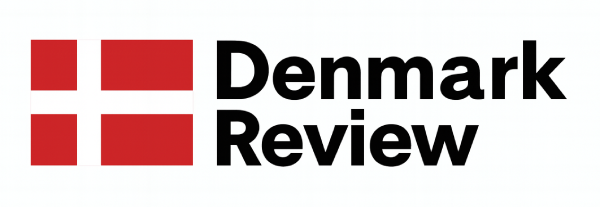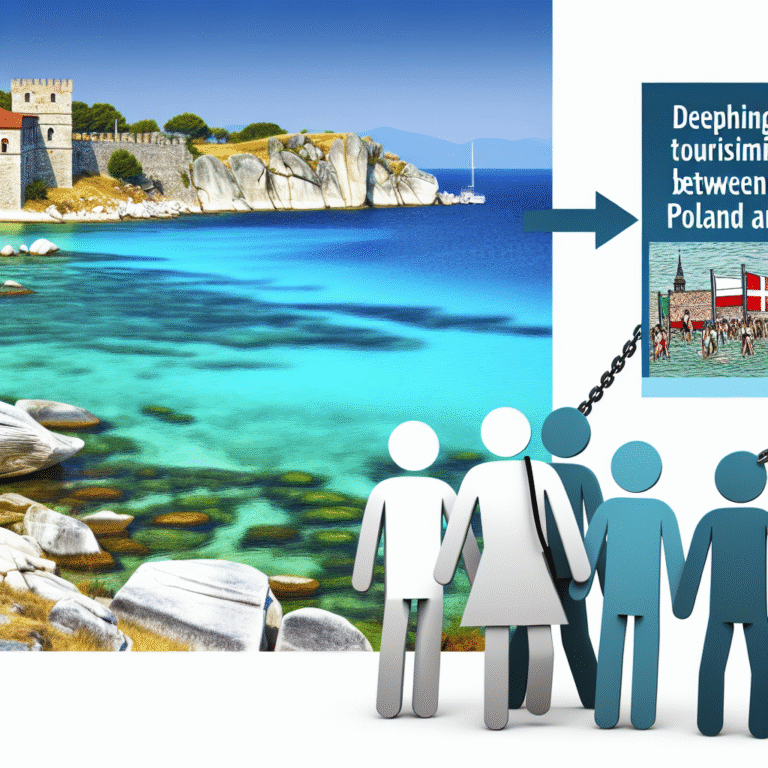Published on November 1, 2025
In a bold move to enhance tourism and extend the travel season, the regional tourism office is joining forces with travel agencies from Central Poland and Denmark. This strategic collaboration aims to showcase the unique attractions of the region, enticing visitors from both countries and beyond. By integrating efforts with specialized travel agencies, the tourism office is positioning itself to better serve those eager to explore the wonders of the area.
The new partnerships promise to make the region more appealing to travelers. With direct travel options now more accessible, the challenges of complicated transfers are a thing of the past, simplifying the journey for holidaymakers hailing from Poland and Denmark.
Destination Appeal & Travel Features
Halkidiki, nestled in Northern Greece, boasts a distinctive three-peninsula configuration that gracefully extends into the shimmering Aegean Sea. Known for its stunning beach resorts, vibrant culture, and lush natural landscapes, this region has become a highly sought-after destination.
Travelers are drawn to its pine-fringed coastlines, crystal-clear waters, and serene river valleys, which not only invite invigorating hikes but also promise a taste of locally inspired cuisine. With convenient access from the bustling city of Thessaloniki, Halkidiki lures both active adventurers and cultural enthusiasts from Poland and Denmark alike.
Yet, tourism experts caution that Halkidiki’s allure goes beyond the traditional “sun and sea” appeal. The region is shifting its focus toward developing sustainable nature and cultural tourism, crafting experiential holiday packages that cater to a diverse array of travelers and extending its tourism season.
Strategic Season Extension & Market Diversification
The emphasis on attracting visitors from Poland and Denmark is integral to Halkidiki’s broader goal of diversifying its tourist base and expanding the travel season. Recent participation in B2B events in Warsaw and Copenhagen exemplifies these efforts to connect with travel trade and tour operators in emerging markets.
Enhanced direct flight options, combined with improved ground services, are key components of this initiative. Visitors can now easily combine a relaxing stay in Halkidiki with urban explorations in Thessaloniki or venture into the remote attractions of Northern Greece.
Travel Planning and Visitor Considerations
For those from Poland and Denmark planning a getaway to Halkidiki, several key travel tips stand out:
- Direct flights: Weekly flights from Poland, alongside new Scandinavian connections, significantly reduce travel time and enhance convenience.
- Regional access: Located just an hour’s drive from Thessaloniki Airport, Halkidiki offers robust infrastructure ideal for travelers.
- Experience variety: Beyond beach relaxation, visitors can engage in eco-tours, explore cultural landmarks, savor local gastronomy, and partake in various leisure activities.
- Seasonal flexibility: Those choosing to visit in early autumn or spring can take advantage of favorable pricing, fewer crowds, and delightful weather.
The Outlook For Future Seasons
The regional tourism office, alongside enhanced air connections and focused marketing efforts in Poland and Denmark, signals a promising future for Halkidiki as it welcomes more visitors from Northern Europe. With an expanding range of holiday offerings, the destination is poised for growth in attracting a diverse audience in 2026 and beyond.
As the significance of the Polish and Danish markets grows, we anticipate travel operators and local providers in Halkidiki will respond with innovative offerings—think multi-center trips and tailored packages focusing on nature, wellness, family experiences, and off-peak travel options to Greece.
Halkidiki’s proactive marketing efforts in Poland and Denmark mark the beginning of a robust campaign to expand tourism. By opening new routes and enhancing trade relationships, the region is poised to be an easily accessible gateway into the treasures of Northern Greece for holidaymakers from Central and Northern Europe.


